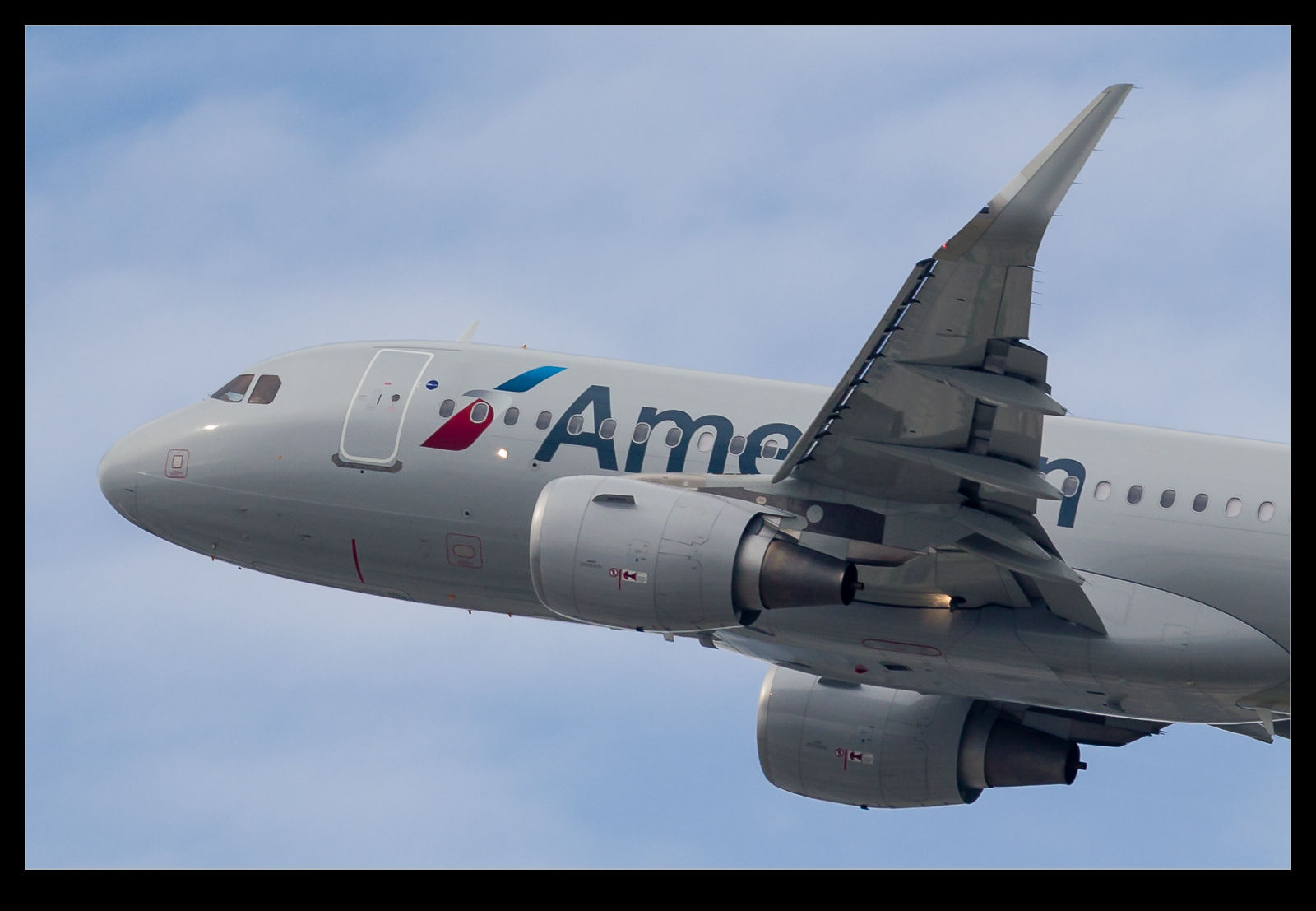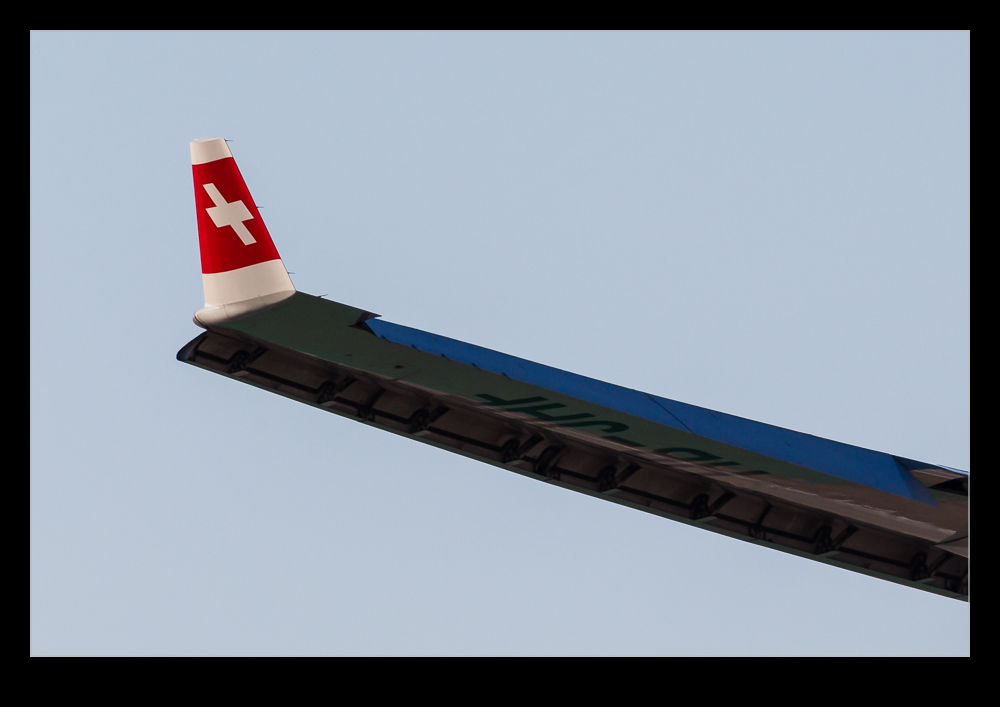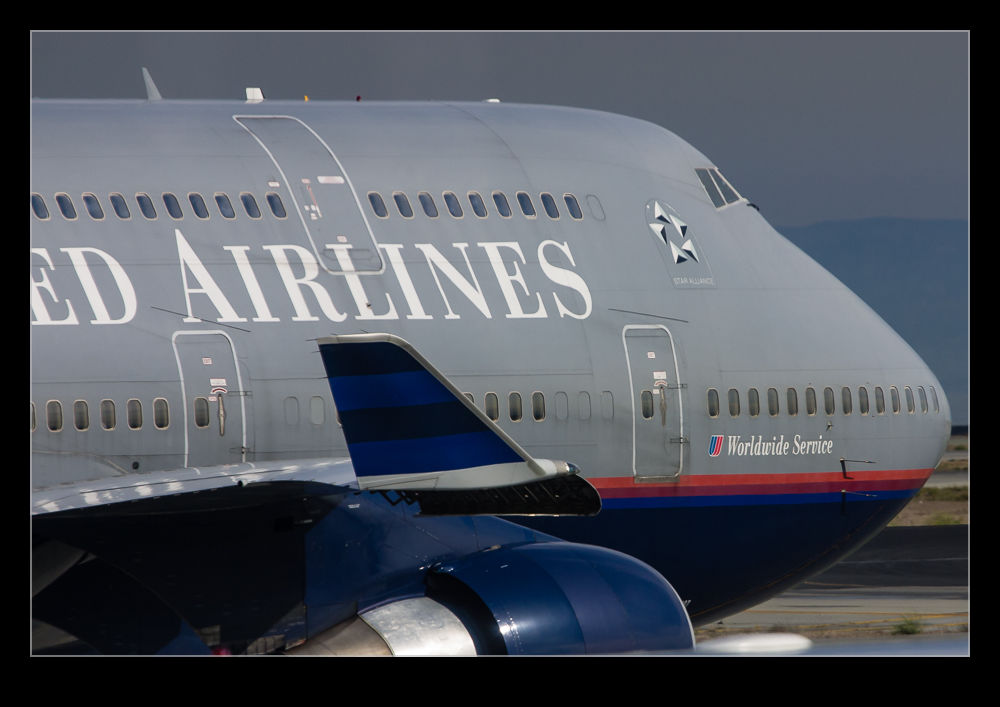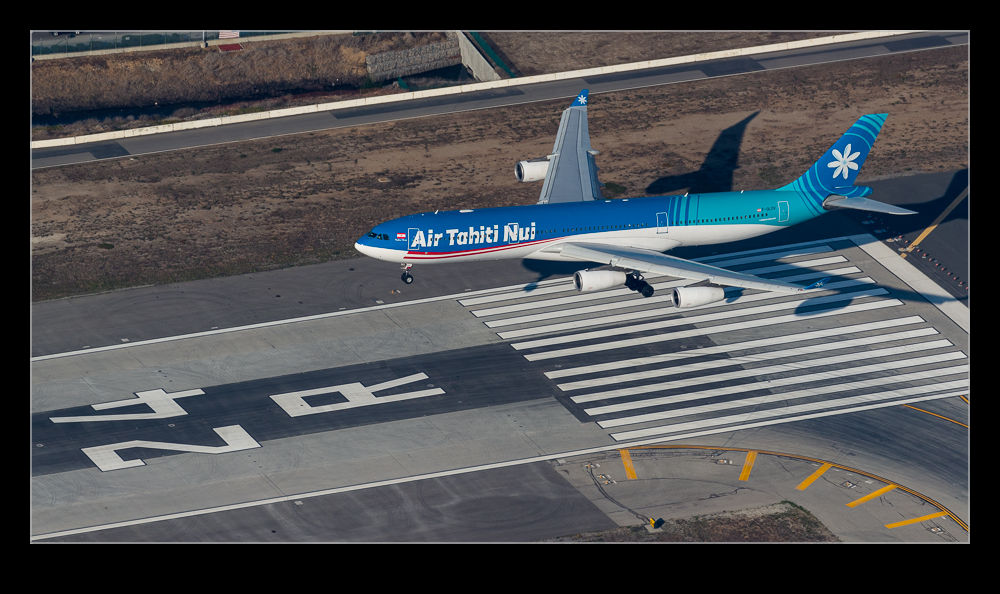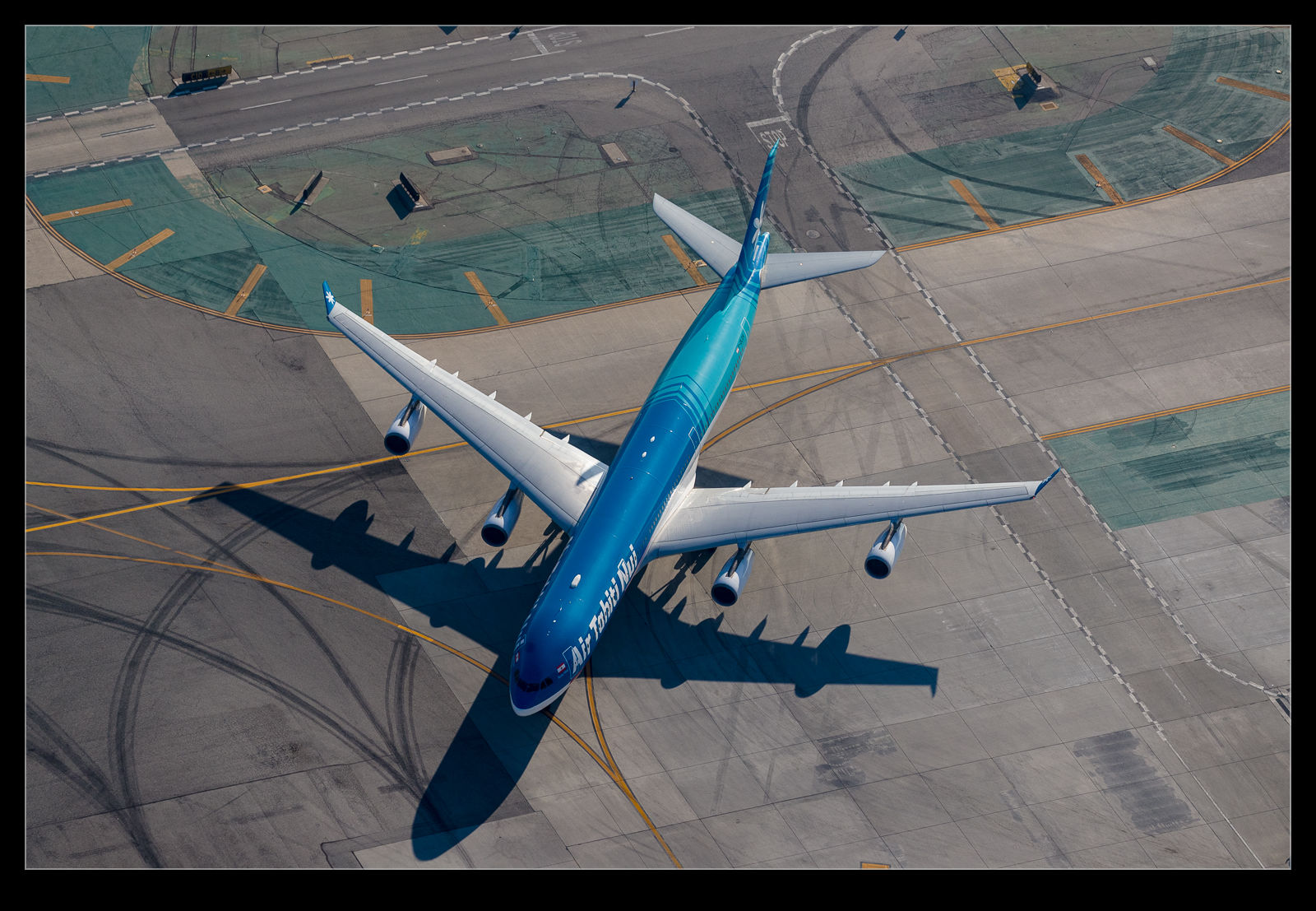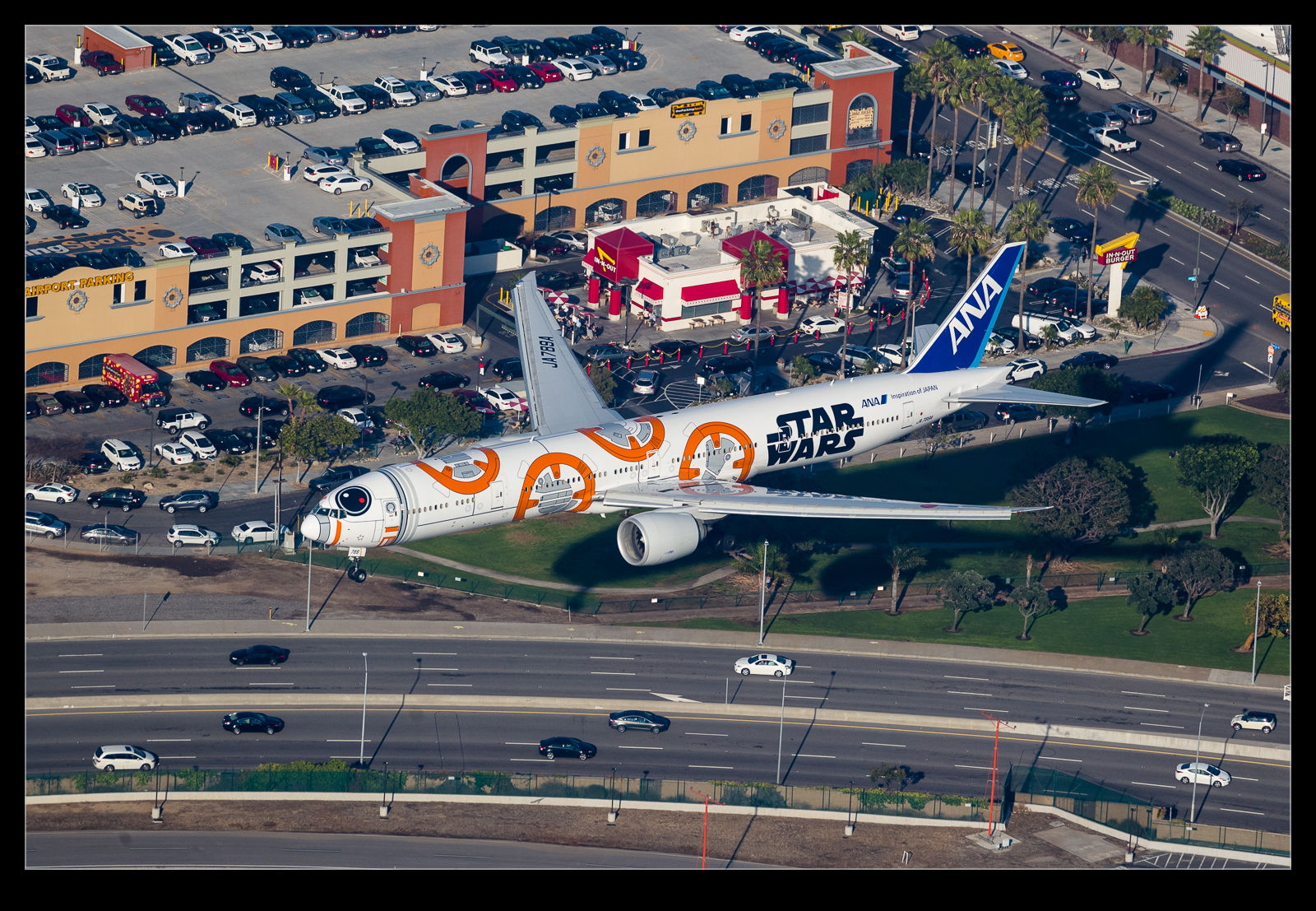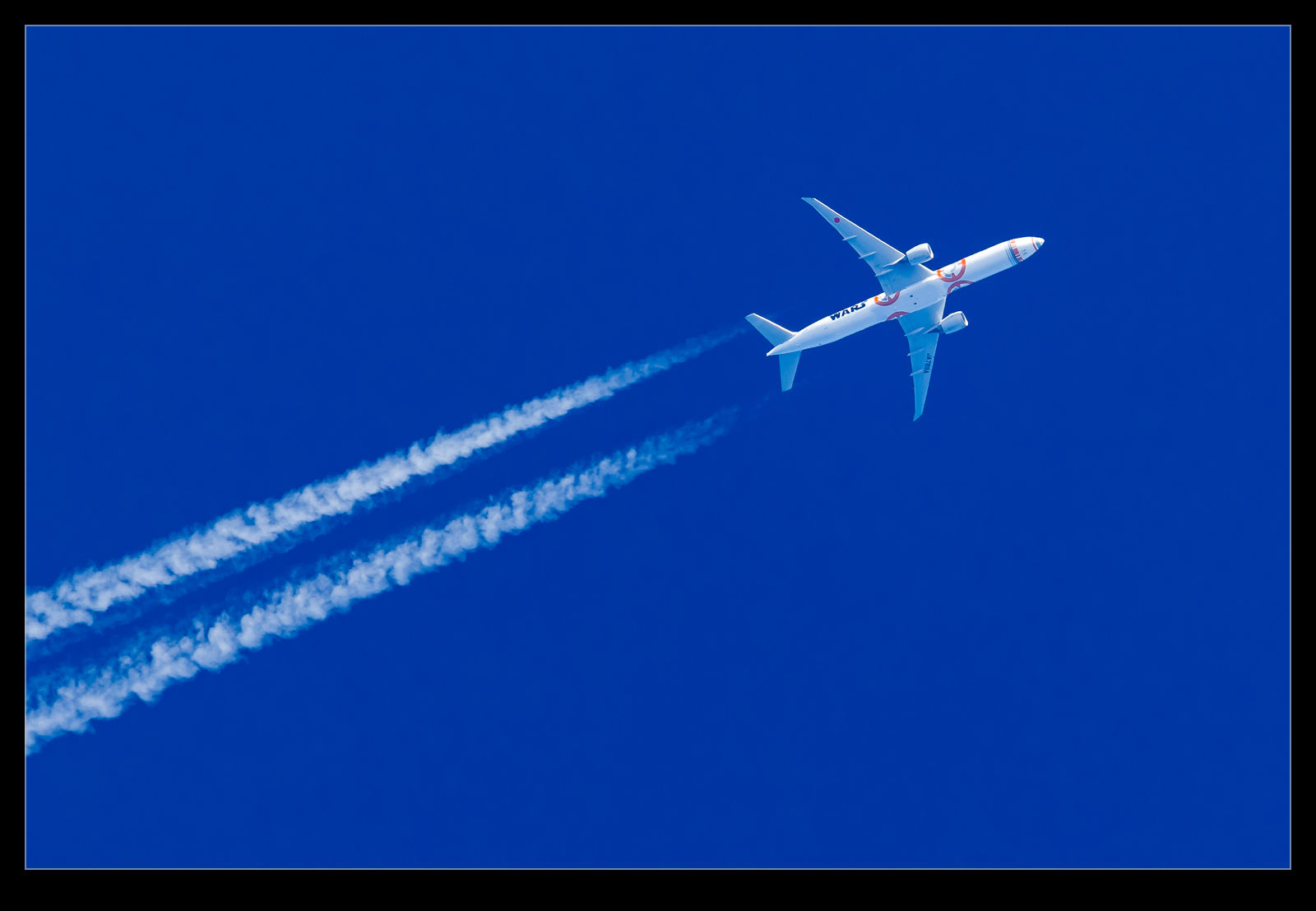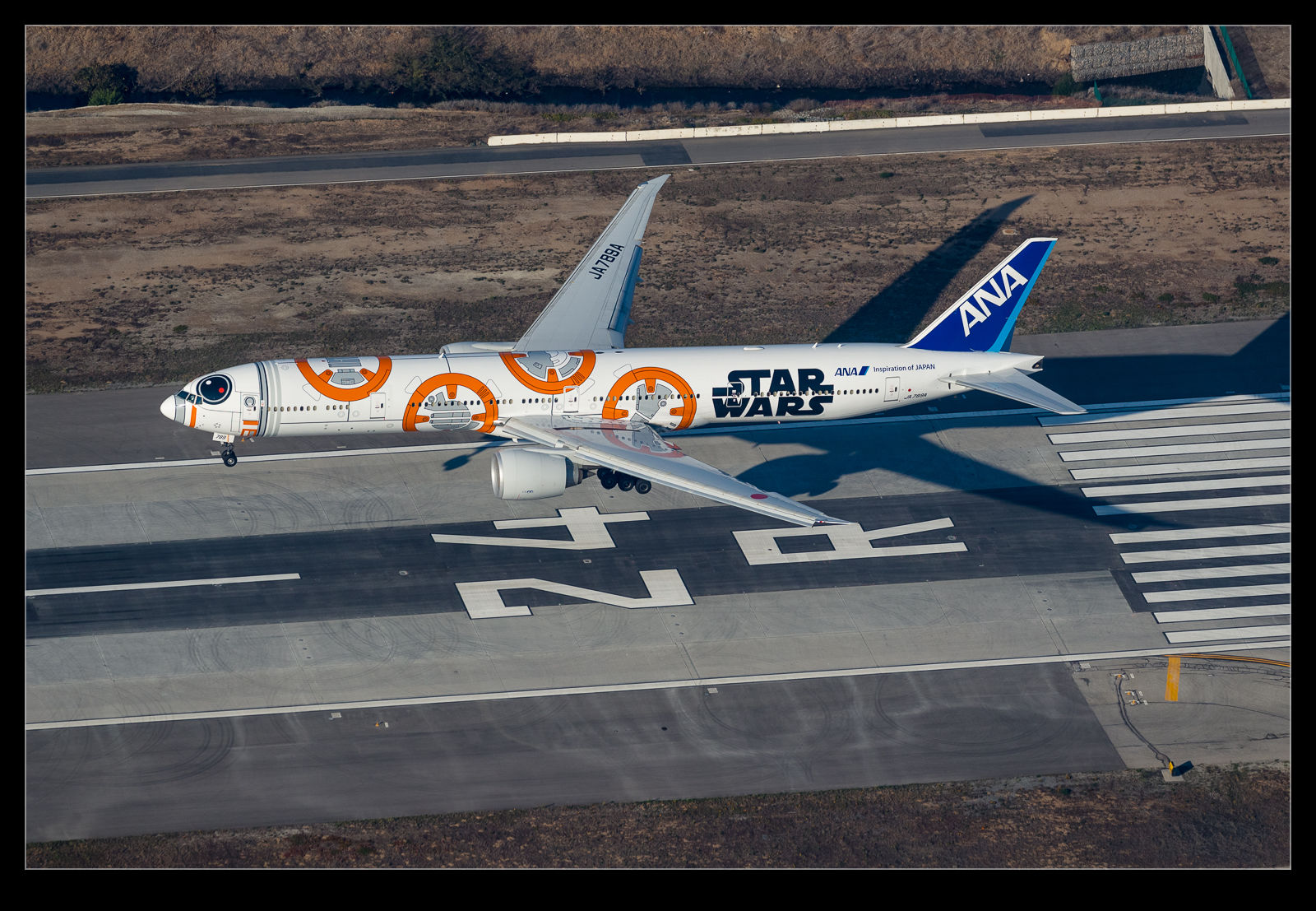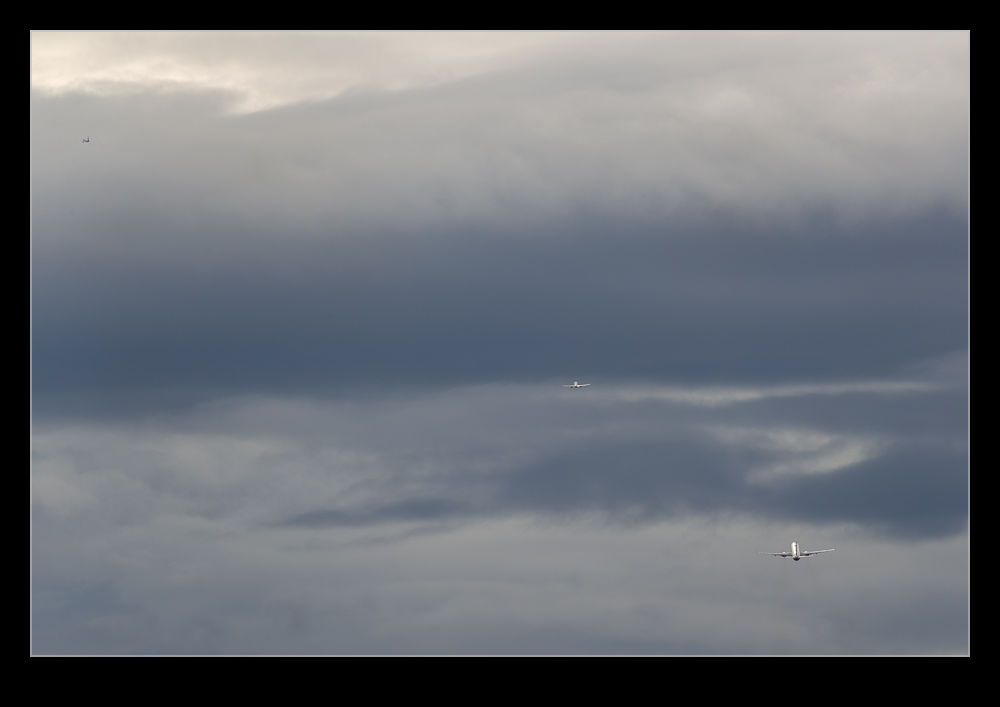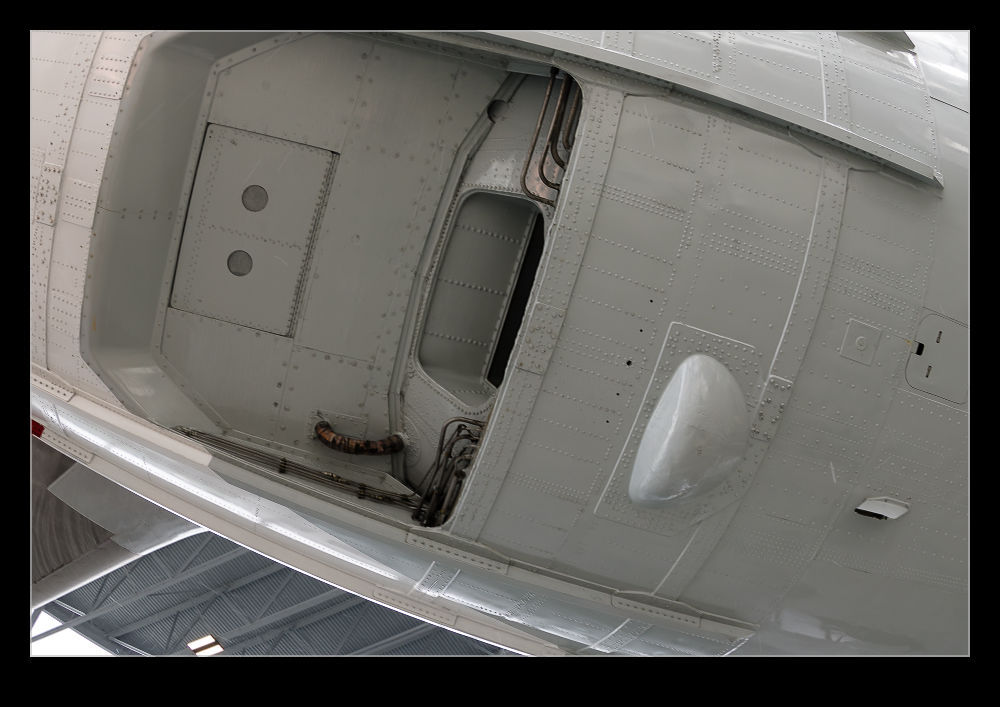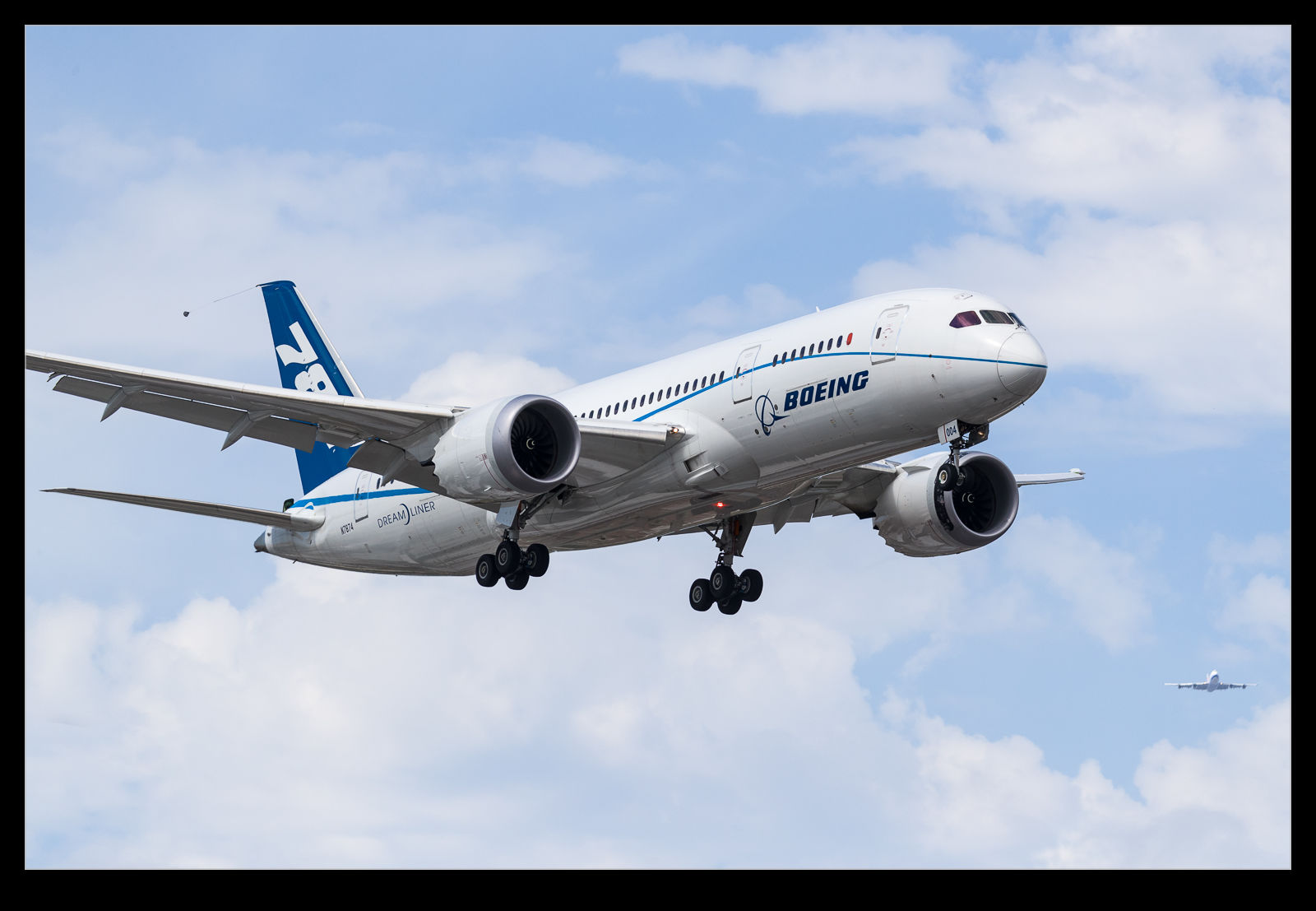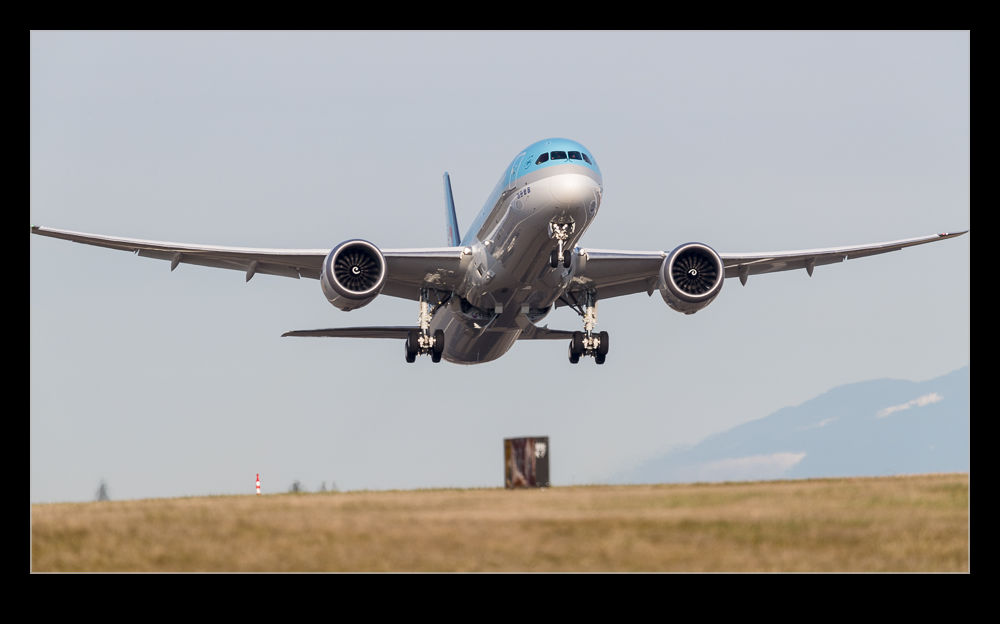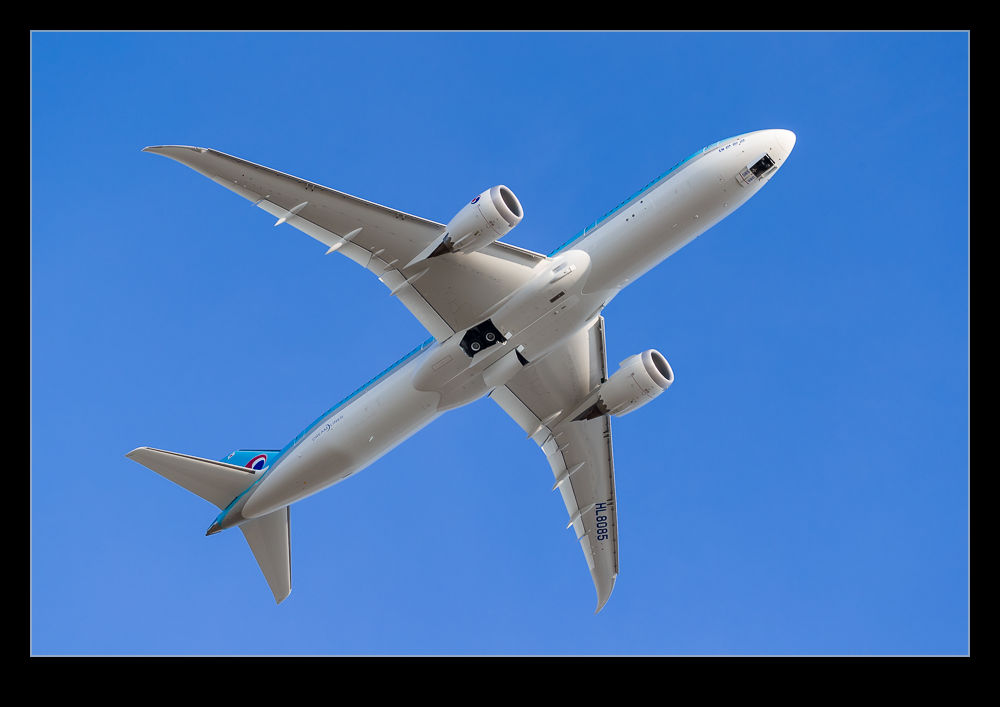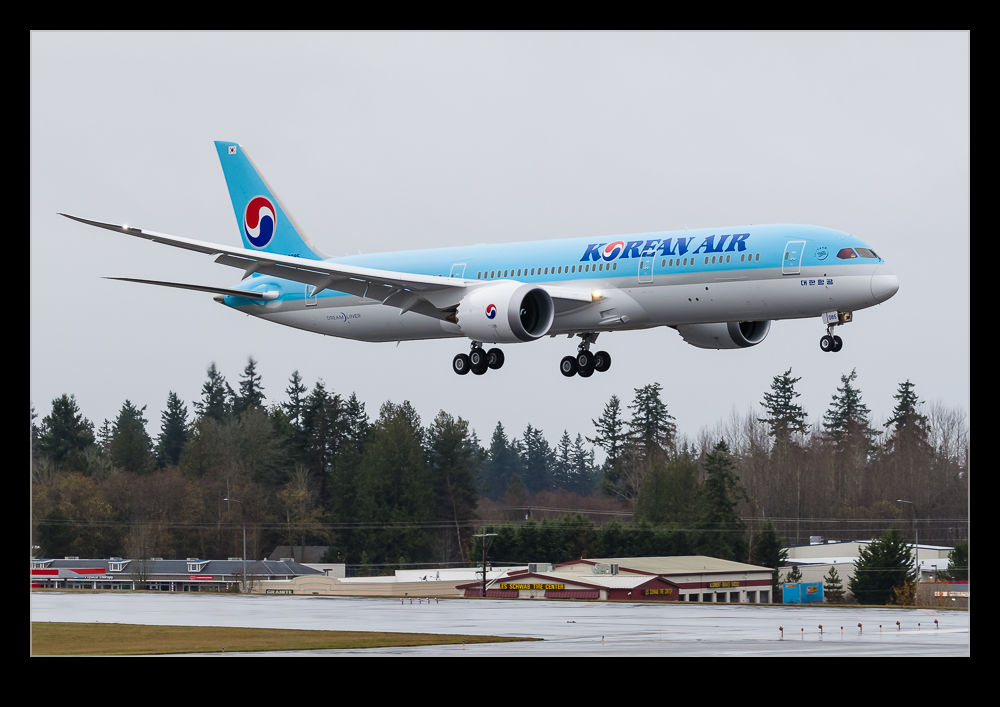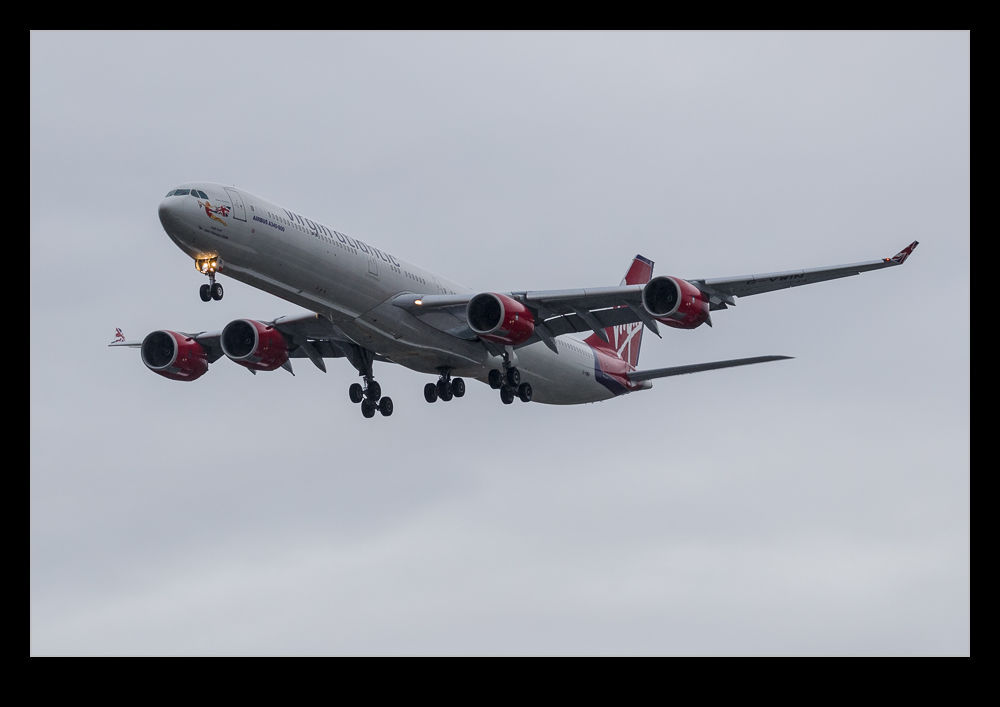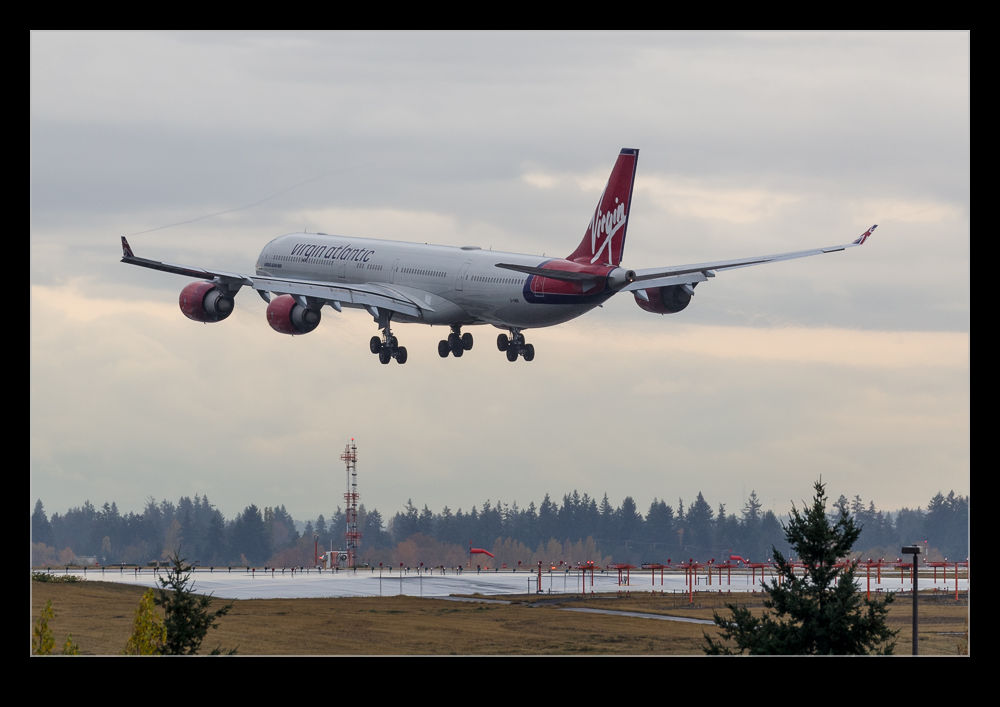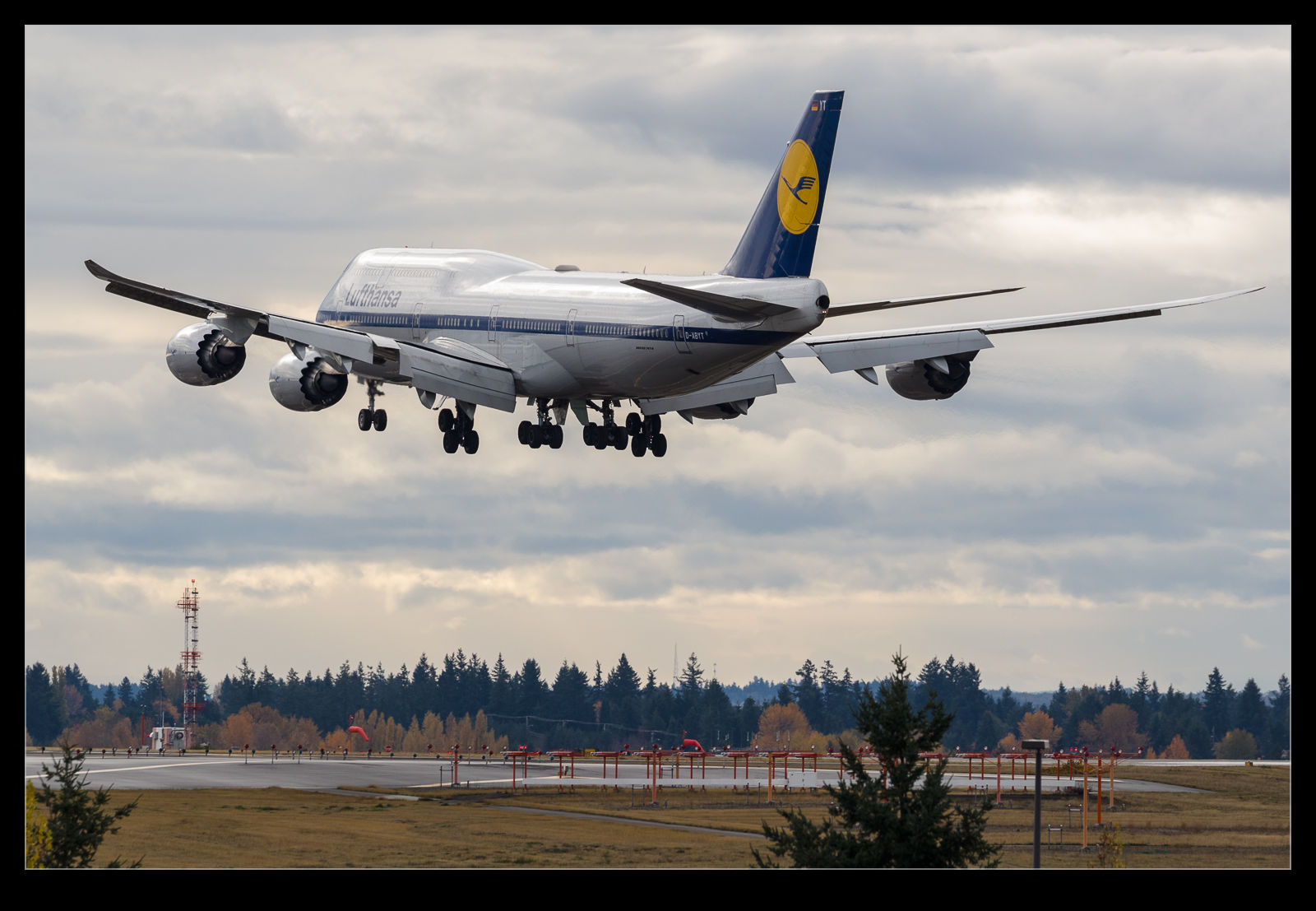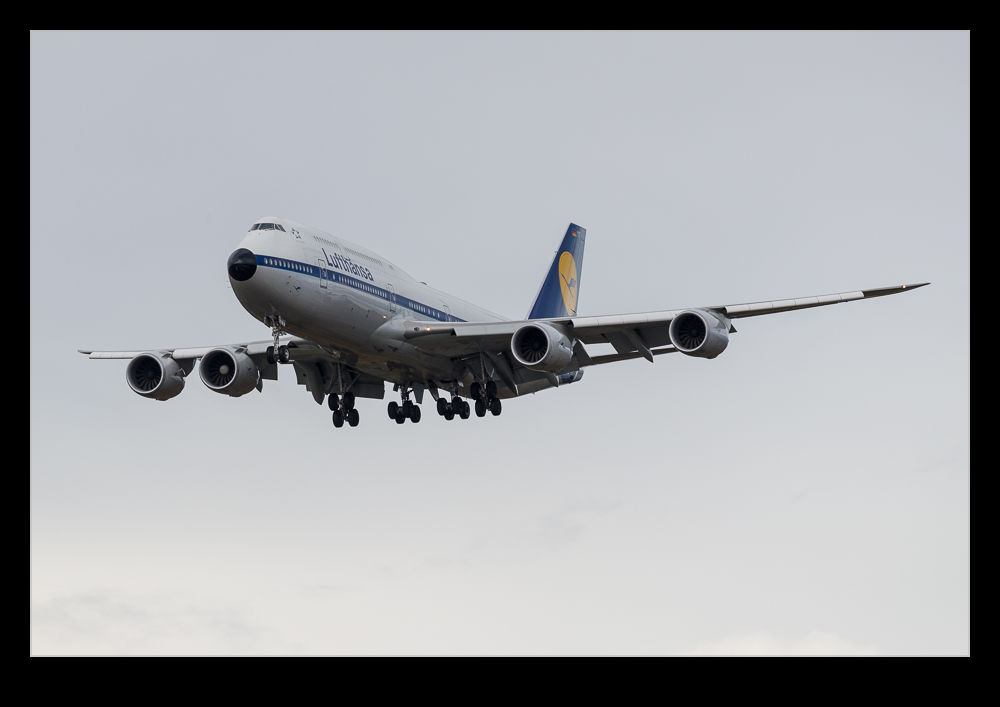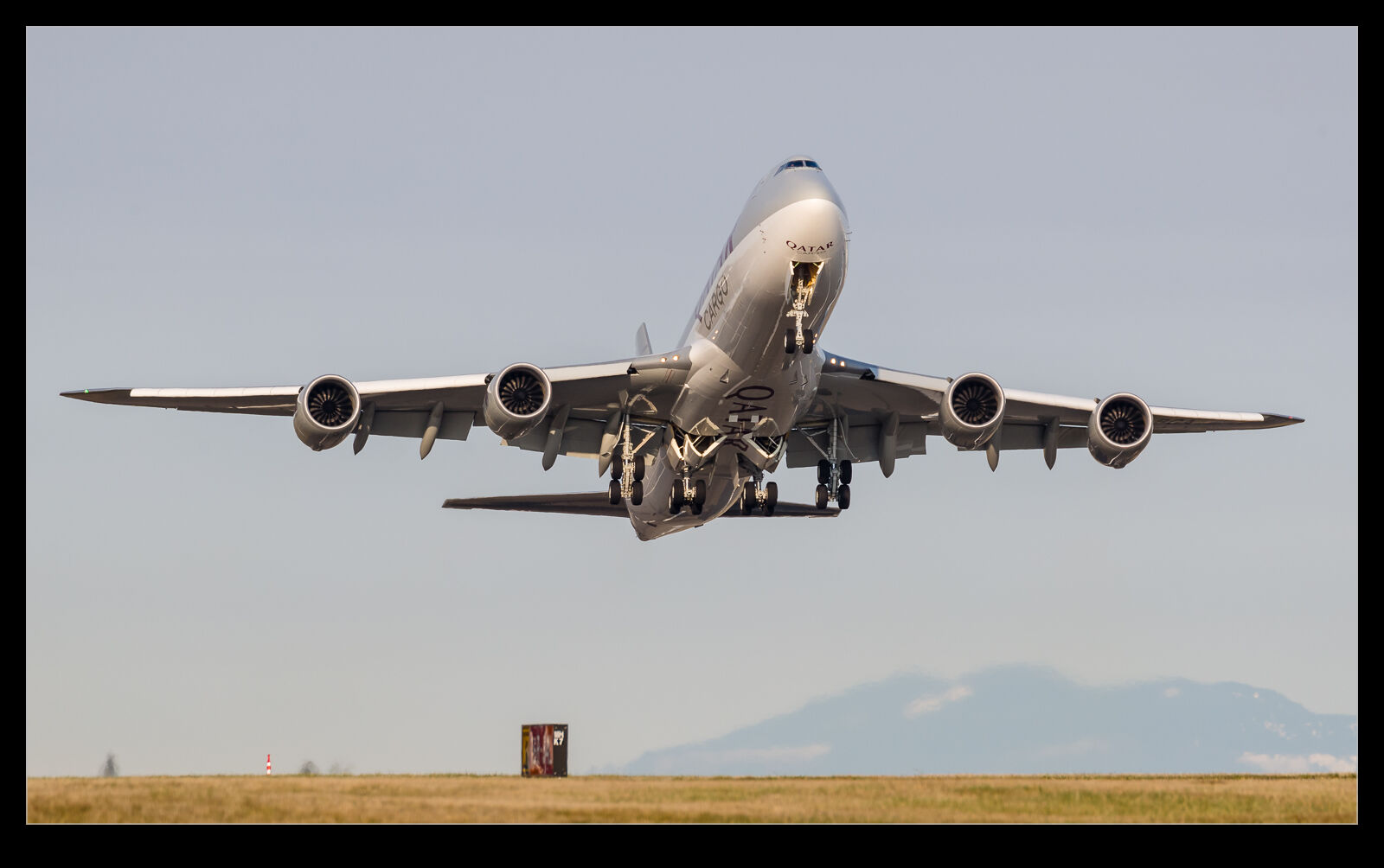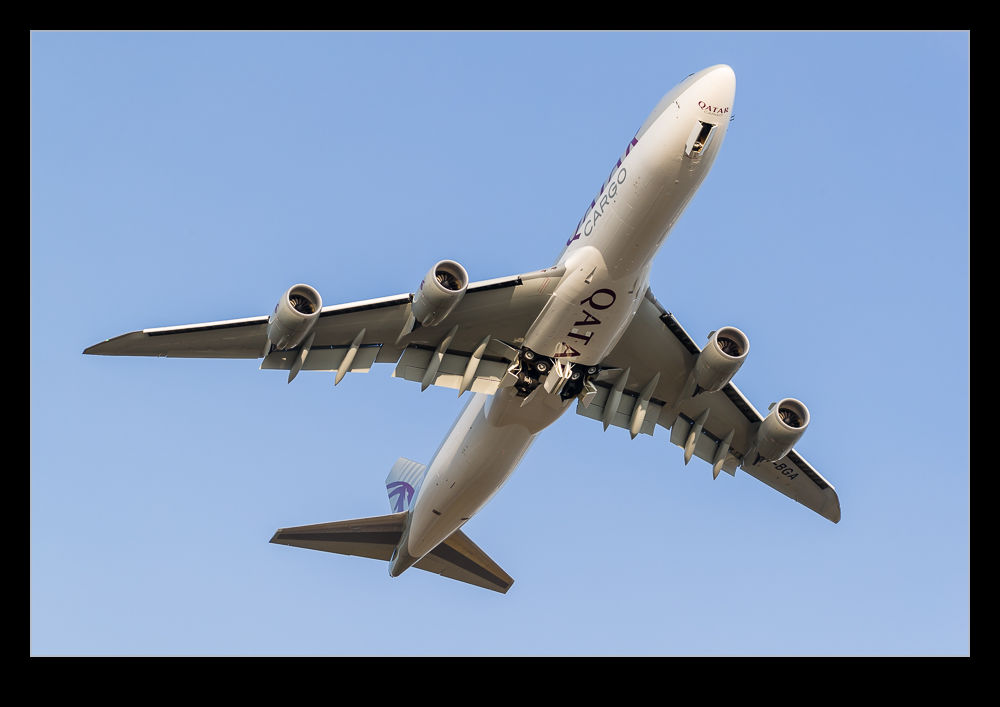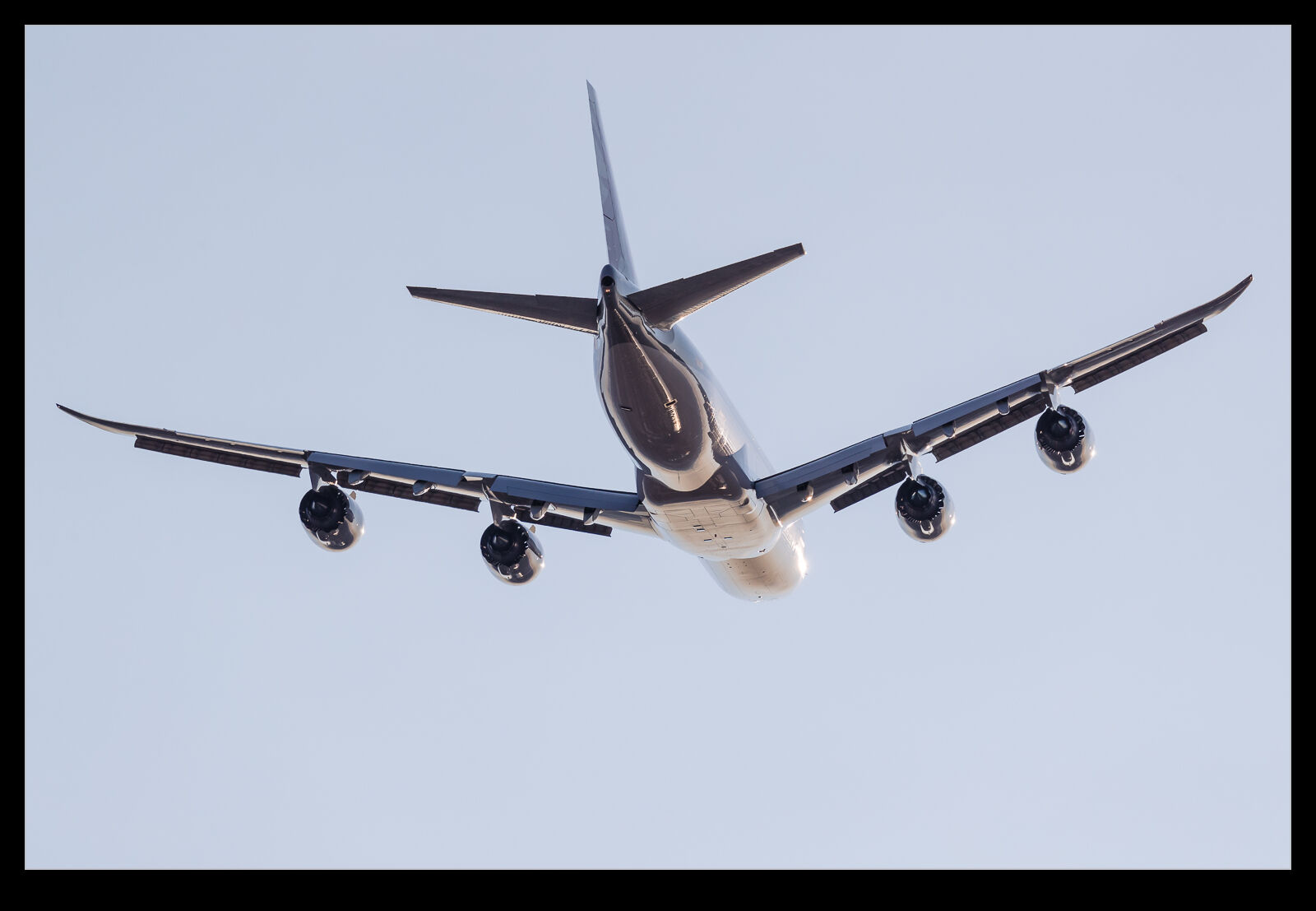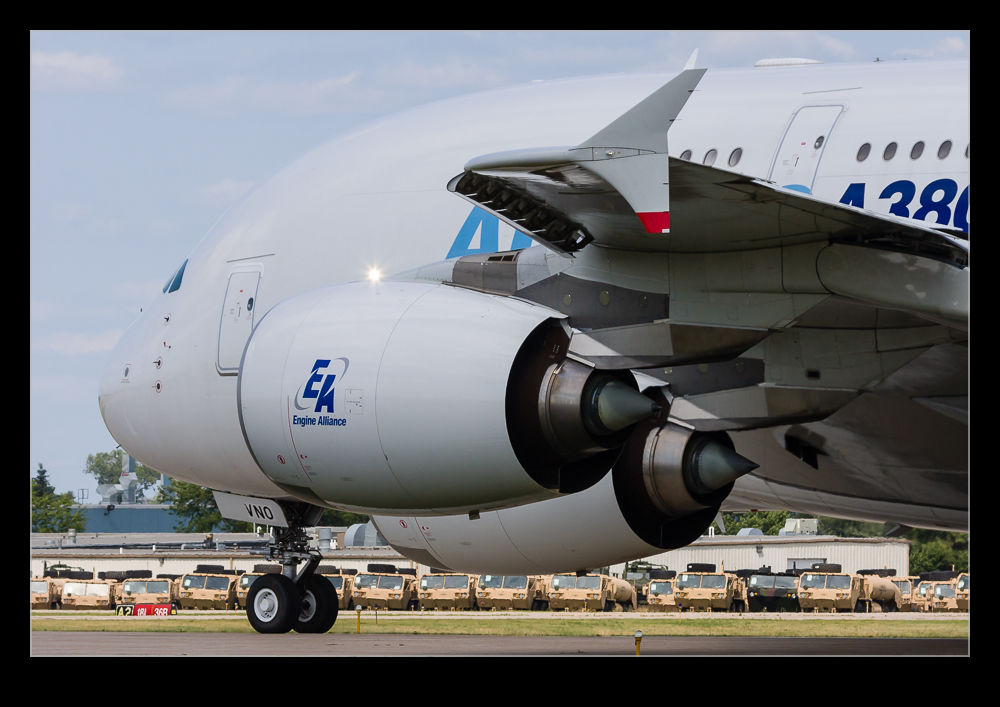 Richard Whitcomb was an aerodynamicist at NASA who pioneered a number of technologies that benefit the aviation world today. One of those was his development of winglets. These are the wingtip treatments that improve lift to drag ratio and climb performance without significantly extending the wing. While his work was clear, it took a while for them to be implemented widely. Now, most aircraft involve some sort of wingtip extension. However, the first aircraft to replicate his design approach was the MD-11.
Richard Whitcomb was an aerodynamicist at NASA who pioneered a number of technologies that benefit the aviation world today. One of those was his development of winglets. These are the wingtip treatments that improve lift to drag ratio and climb performance without significantly extending the wing. While his work was clear, it took a while for them to be implemented widely. Now, most aircraft involve some sort of wingtip extension. However, the first aircraft to replicate his design approach was the MD-11.
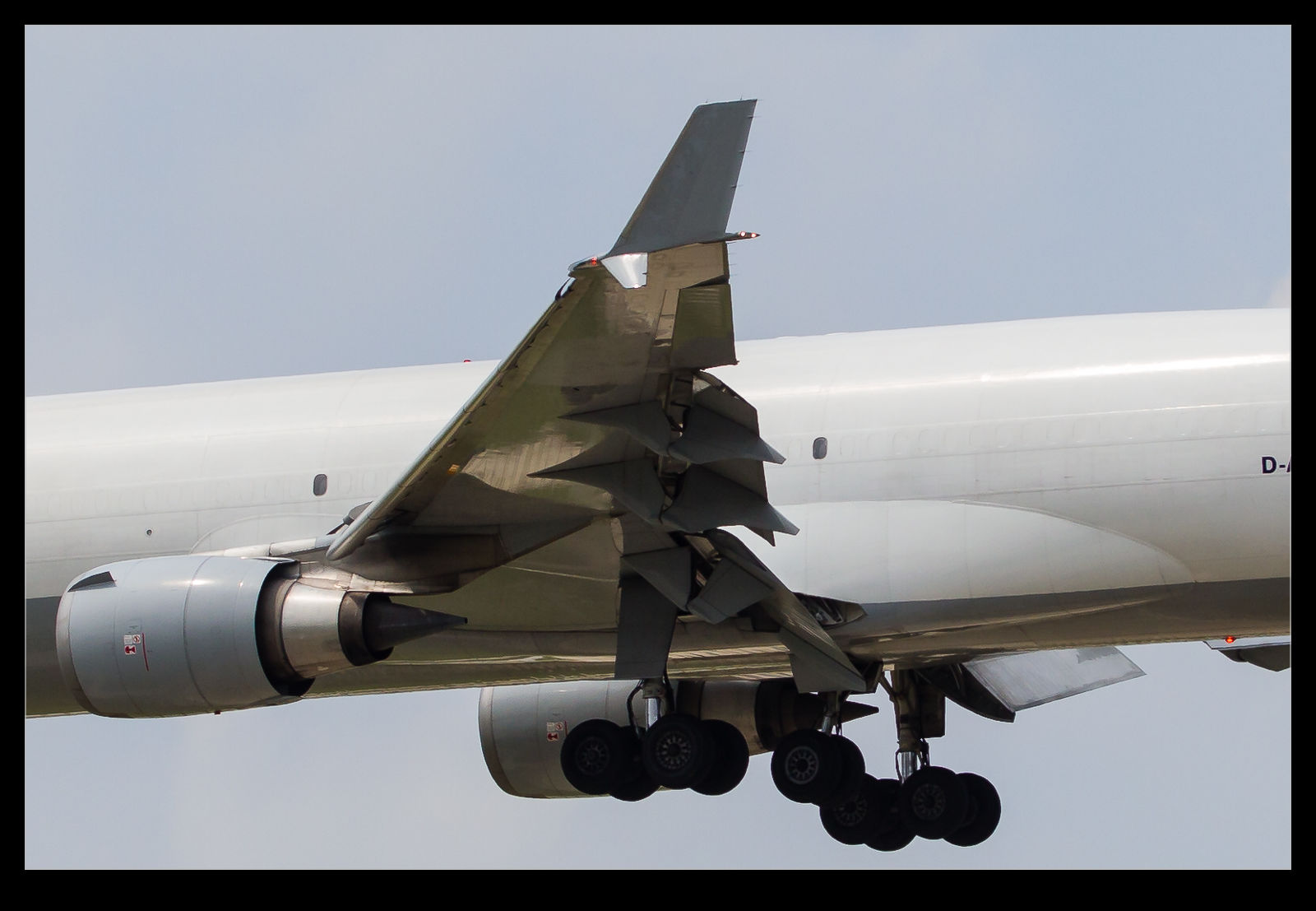 The MD-11 had a split winglet with a larger extension upwards and a smaller one downwards. This reflected some of Whitcomb’s original drawings. Strangely, after this, the focus was on upward winglets only (although the Airbus approach for a while was what they called a fence on the wingtip which was something more in keeping with the Whitcomb approach). Recently, there has been a return to the original with APB introducing the Split Scimitar and Boeing producing their own Split Winglet design (not as elegant as the APB approach in my mind.
The MD-11 had a split winglet with a larger extension upwards and a smaller one downwards. This reflected some of Whitcomb’s original drawings. Strangely, after this, the focus was on upward winglets only (although the Airbus approach for a while was what they called a fence on the wingtip which was something more in keeping with the Whitcomb approach). Recently, there has been a return to the original with APB introducing the Split Scimitar and Boeing producing their own Split Winglet design (not as elegant as the APB approach in my mind.
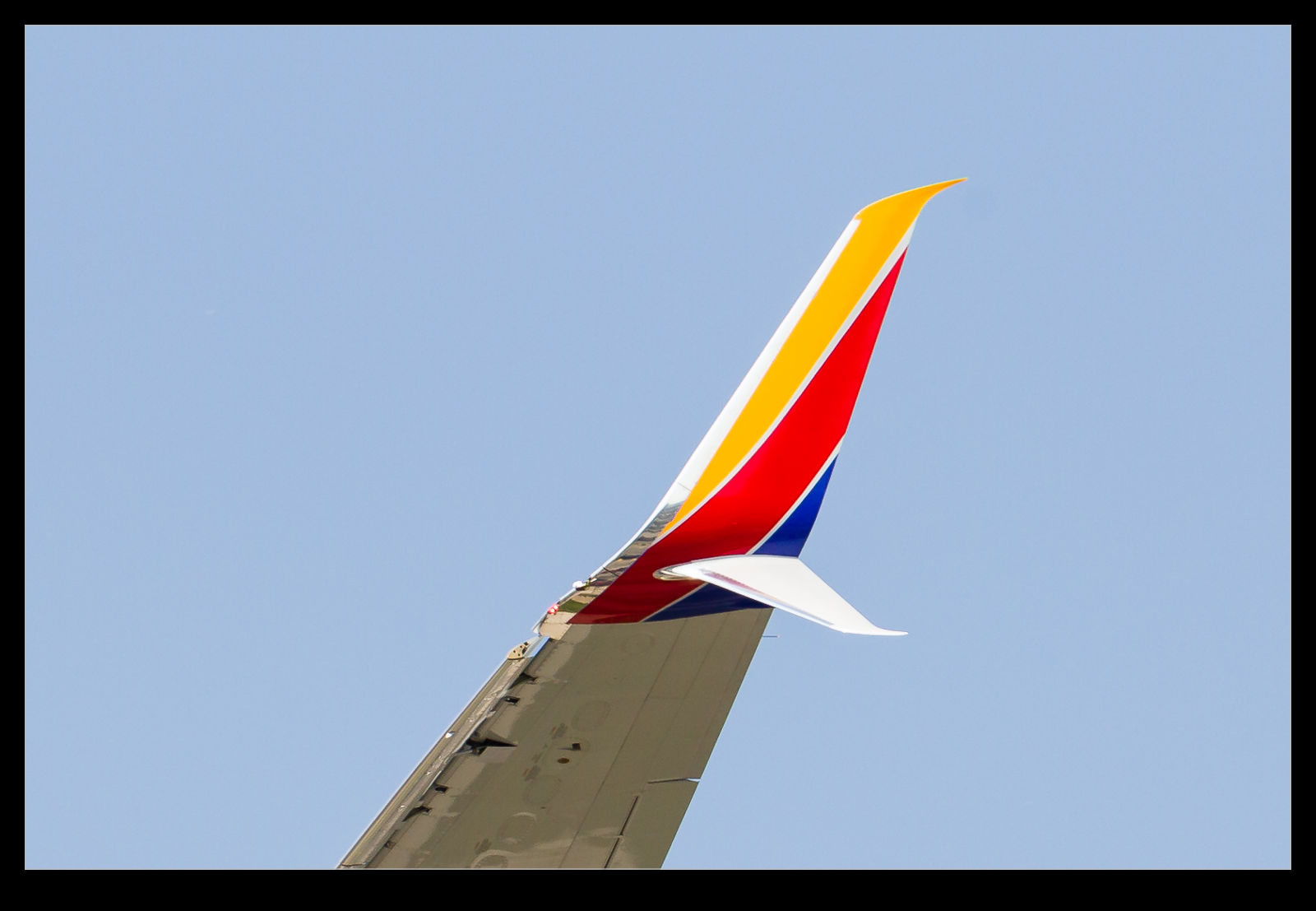 Most airliners and many business jets now incorporate a tweaked wing tip configuration. Maximizing the aerodynamic performance requires squeezing as much as you can out of the design within the space constraints you have. The following pictures are examples of the different types used.
Most airliners and many business jets now incorporate a tweaked wing tip configuration. Maximizing the aerodynamic performance requires squeezing as much as you can out of the design within the space constraints you have. The following pictures are examples of the different types used.

